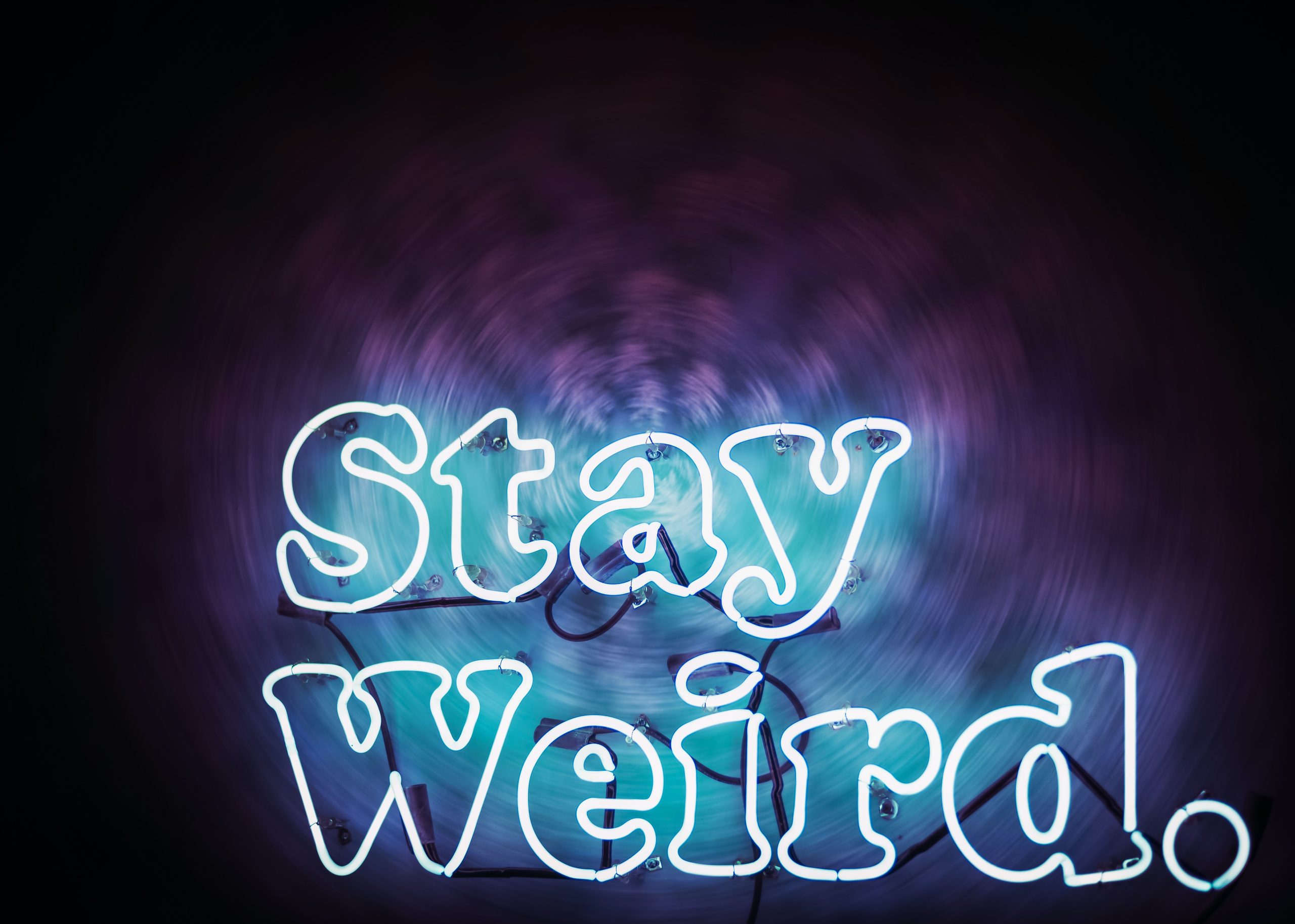What I Think Tarot: An Exploration of the Ancient Divination System
Welcome to my blog post where I will delve into the fascinating world of tarot. Tarot is a centuries-old divination system that has captured the imaginations of people all over the world. In this article, I will share my thoughts and insights on tarot, discussing its origins, symbolism, interpretations, and personal experiences. So, grab a cup of tea and join me on this intriguing journey into the realm of tarot.
The Origins of Tarot
The origins of tarot are somewhat shrouded in mystery. While it is commonly believed that tarot originated in 15th century Italy as a card game, there are theories that trace its roots back to ancient Egypt or the mystical teachings of the Kabbalah. Regardless of its precise origins, tarot quickly evolved from a simple card game to a powerful divination tool.
Traditionally, tarot decks consist of 78 cards, divided into two groups – the Major Arcana and the Minor Arcana. The Major Arcana includes 22 cards, each representing a different archetype or universal theme, while the Minor Arcana consists of 56 cards divided into four suits – Cups, Pentacles, Swords, and Wands. Each suit has ten numbered cards and four court cards.
The Symbolism of Tarot
One of the most fascinating aspects of tarot is its rich symbolism. Each card in the deck is adorned with intricate imagery that conveys profound meanings. The symbols used in tarot draw from various esoteric traditions, such as astrology, numerology, alchemy, and mythology.
For example, the Fool card, which is often numbered as 0 or labeled as a question mark, represents the beginning of a new journey or a leap of faith. In this card, the Fool is portrayed as a carefree traveler about to step off a cliff, symbolizing trust and spontaneity.
Similarly, the Death card, often misunderstood as representing literal death, actually signifies transformation and the end of a phase. In this card, the skeletal figure of Death is depicted holding a scythe, signifying the clearing of the old to make way for the new.
Interpreting Tarot Cards
While tarot cards come with traditional interpretations, it is important to remember that they can be highly subjective. Each reader brings their own intuition and experience to the interpretation process, infusing the cards with a unique perspective.
When interpreting tarot cards, it is essential to pay attention to the imagery, symbols, and overall energy of the cards. It is also helpful to consider the card’s position in a spread, as well as any surrounding cards. This holistic approach allows for a more nuanced and insightful reading.
Additionally, tarot spreads, which are arrangements of cards, play a critical role in interpretation. The most common spread, the Celtic Cross, provides a comprehensive snapshot of a situation, while other spreads, such as the Three-Card Spread or the Past/Present/Future Spread, offer specific insights into different aspects of life.
My Personal Experience with Tarot
As an avid tarot enthusiast, I have personally experienced the transformative power of tarot readings. When faced with dilemmas or seeking guidance, tarot has been a valuable tool for self-reflection and gaining clarity.
During my own readings, I have found that tarot cards serve as a mirror, reflecting my inner thoughts, emotions, and subconscious patterns. They often tap into my intuition and illuminate aspects of my life that I may have overlooked or suppressed.
Furthermore, tarot has taught me the importance of trust and surrender. I have learned to trust the intuitive messages that emerge during readings and to surrender the need for absolute control. Tarot has shown me that there is wisdom in embracing uncertainty and allowing the flow of life to guide me.
Conclusion
Tarot, with its ancient origins and rich symbolism, is a powerful tool for self-discovery and intuition. Through the careful interpretation of tarot cards, we can gain insights into our lives, navigate challenges, and embrace personal transformation.
Whether you are a skeptic or a believer, tarot offers a space for introspection and contemplation. It encourages us to explore the depths of our psyche and tap into our inner wisdom.
So, the next time you encounter a tarot deck, consider taking a moment to engage with its cards and symbols. You may just find yourself embarking on a magical journey of self-discovery and enlightenment.
Table of Contents
